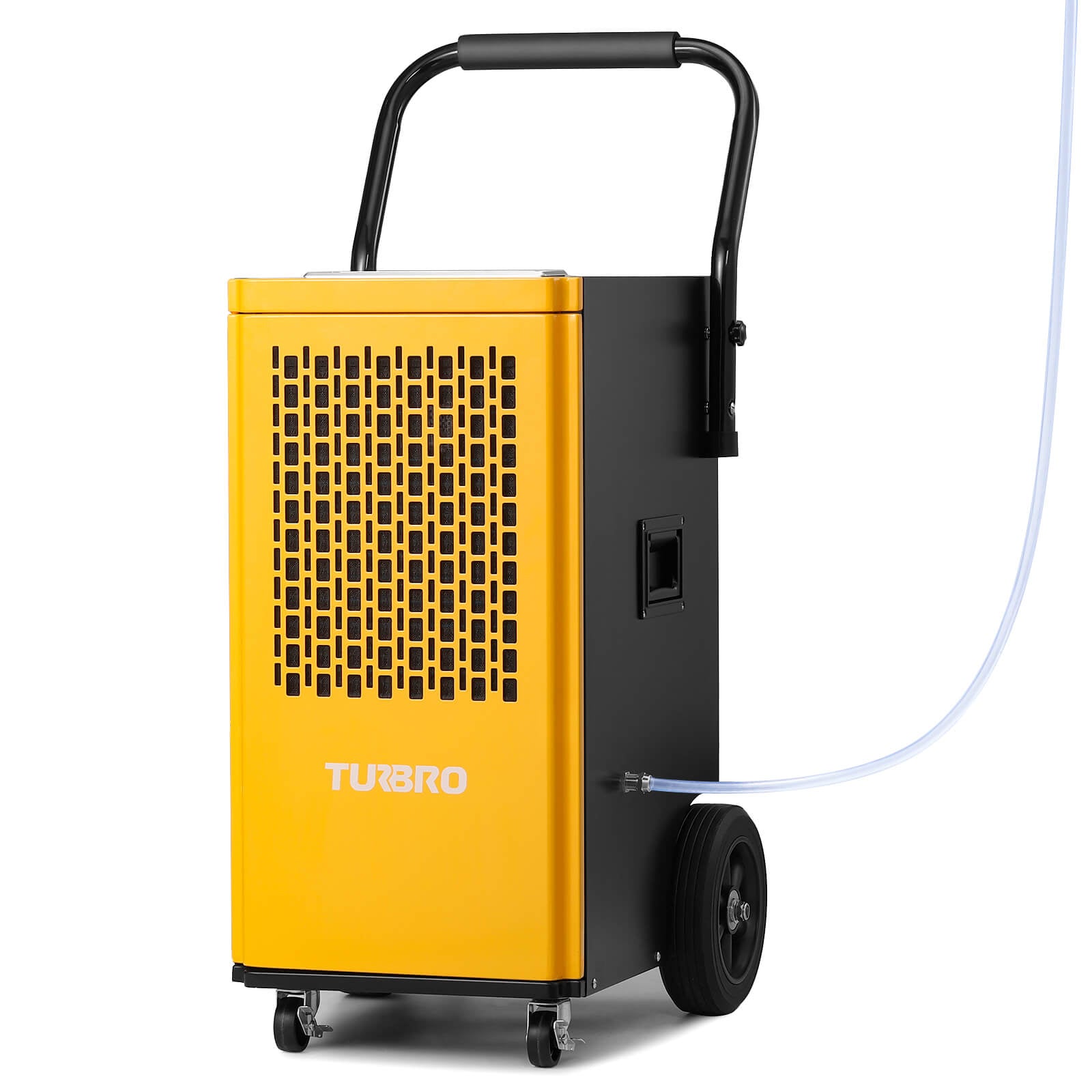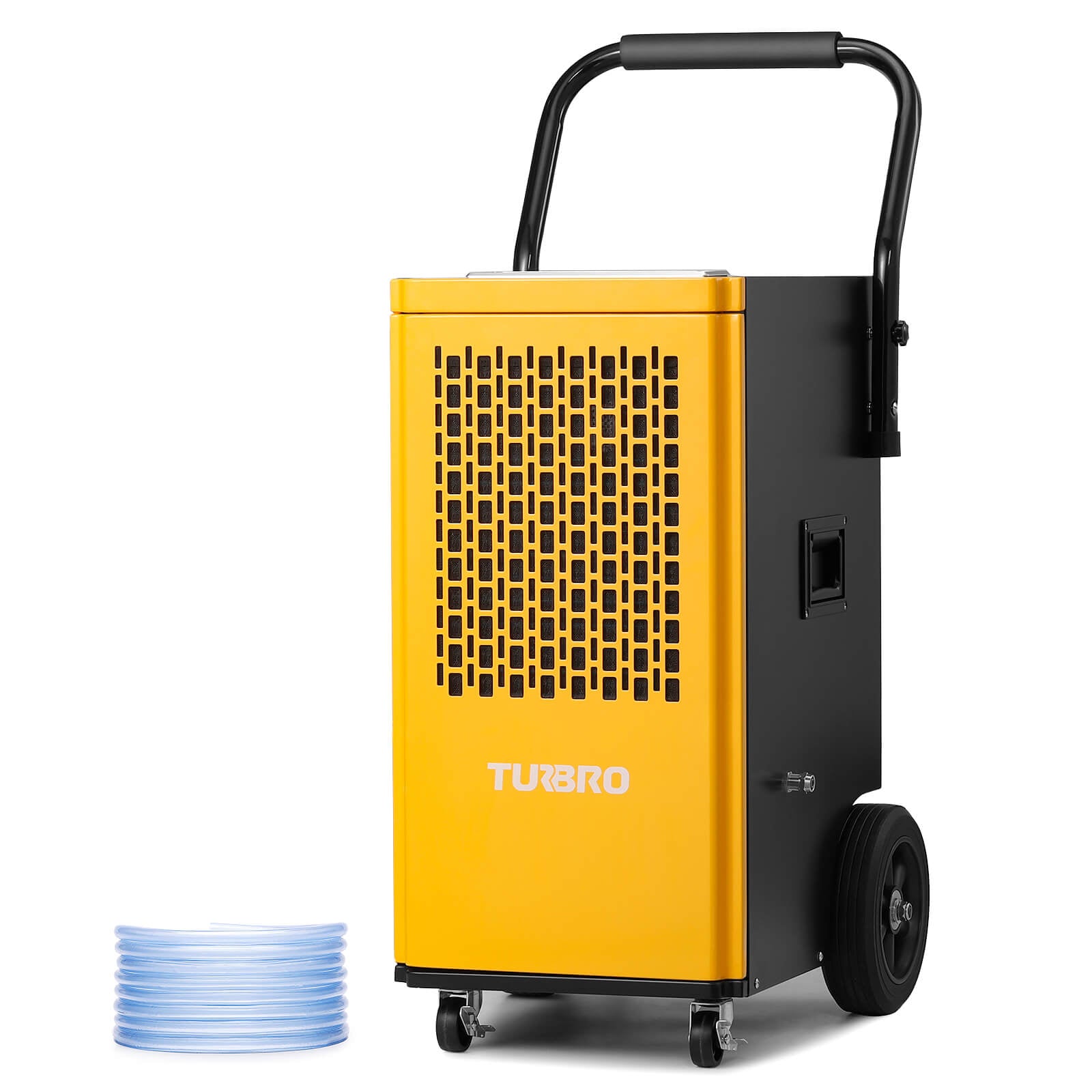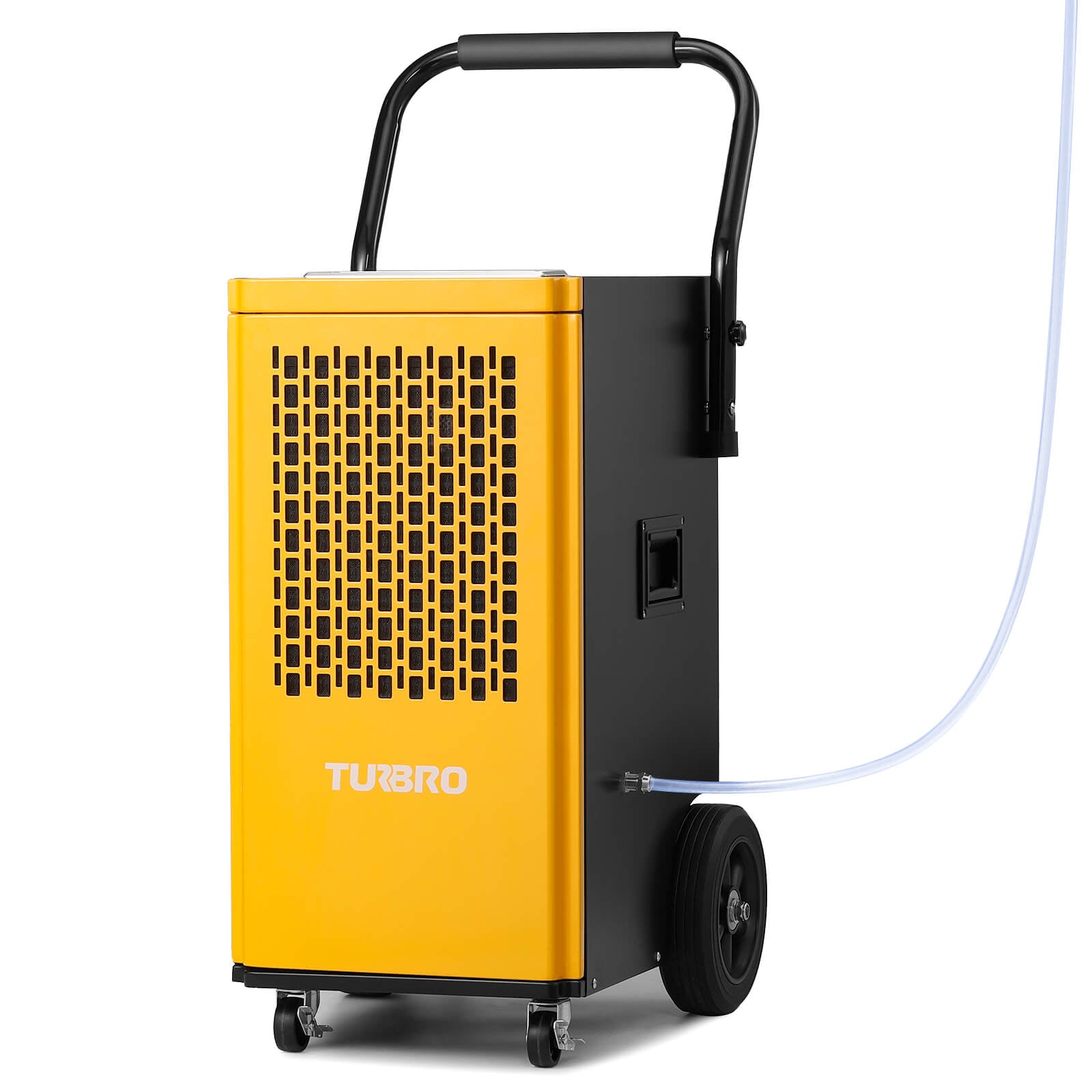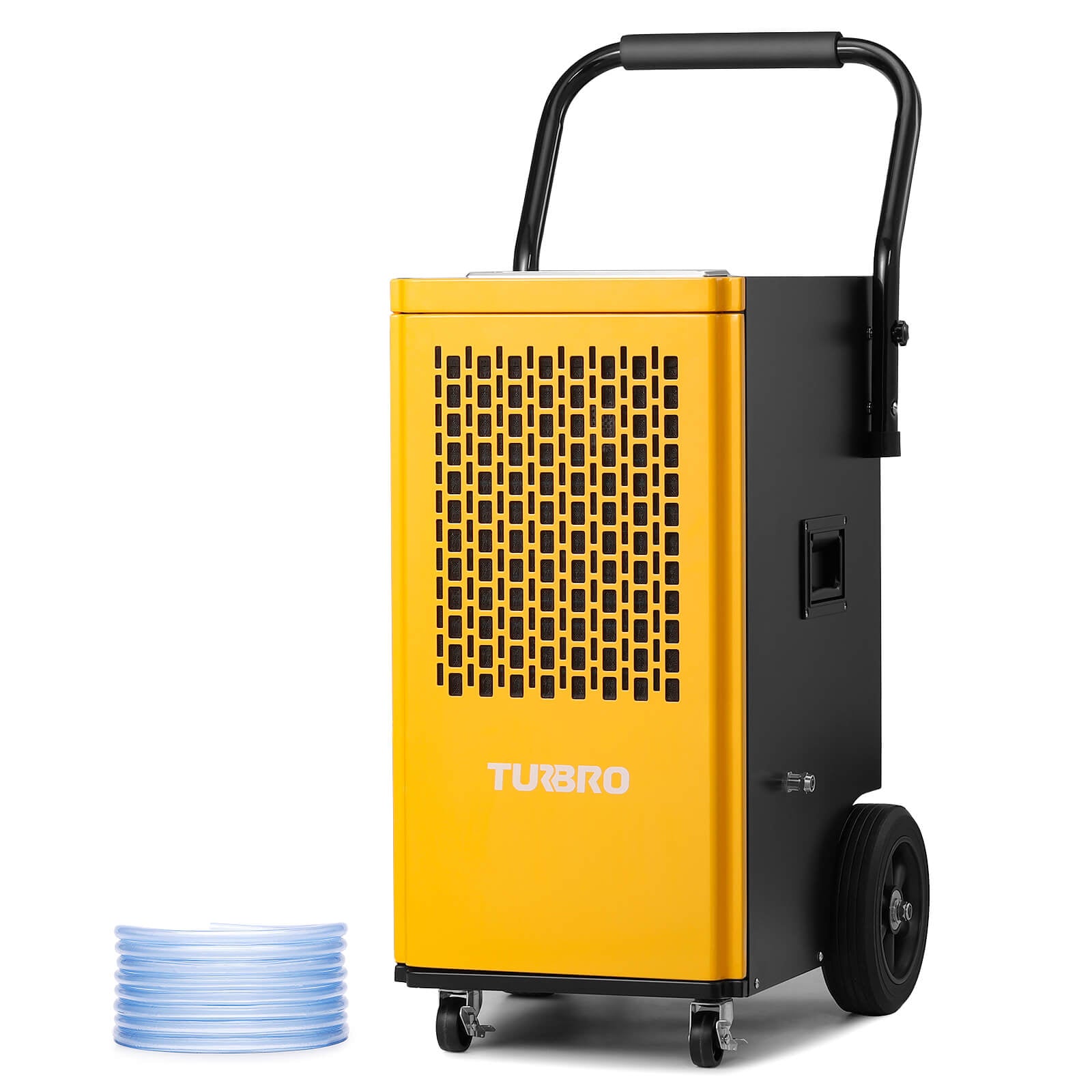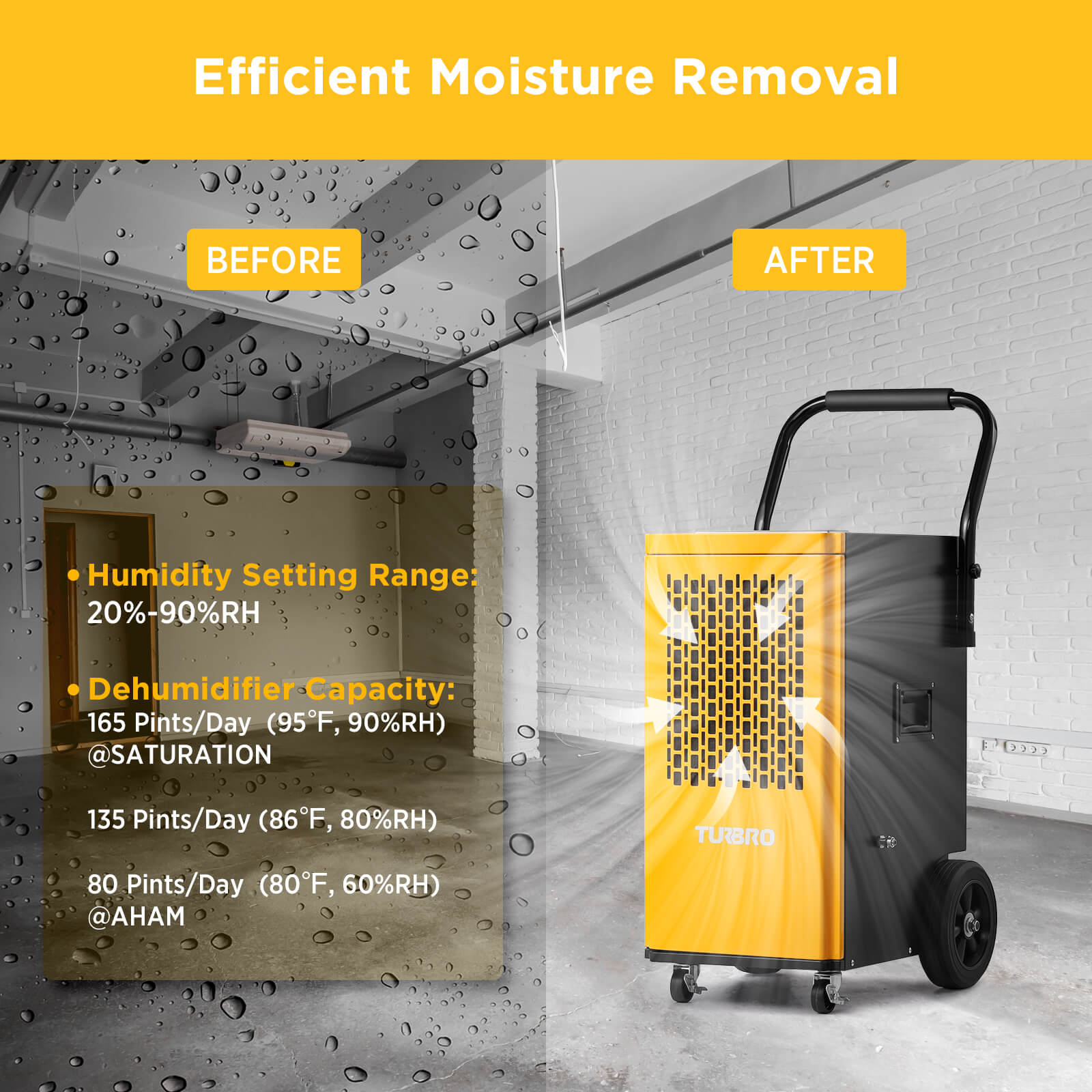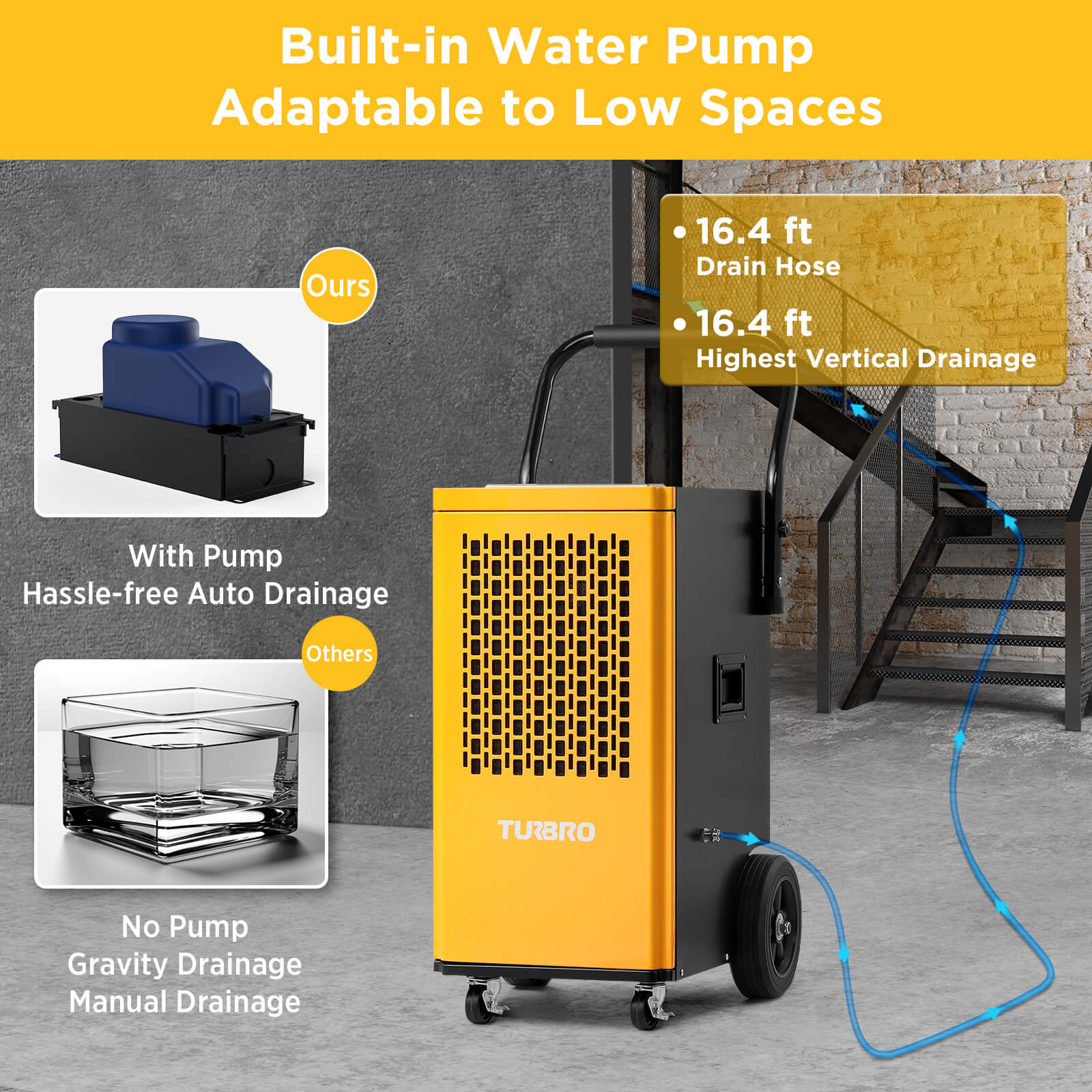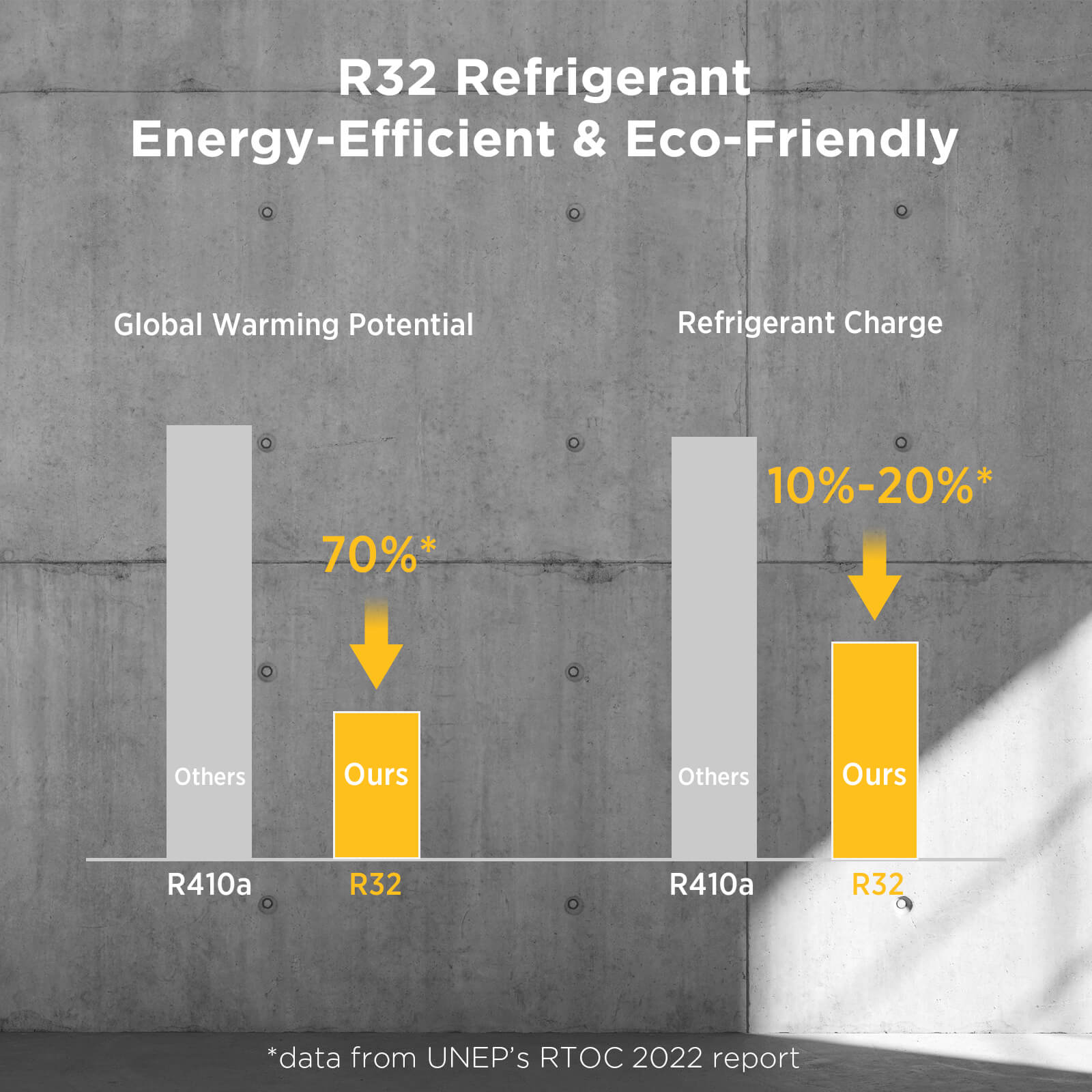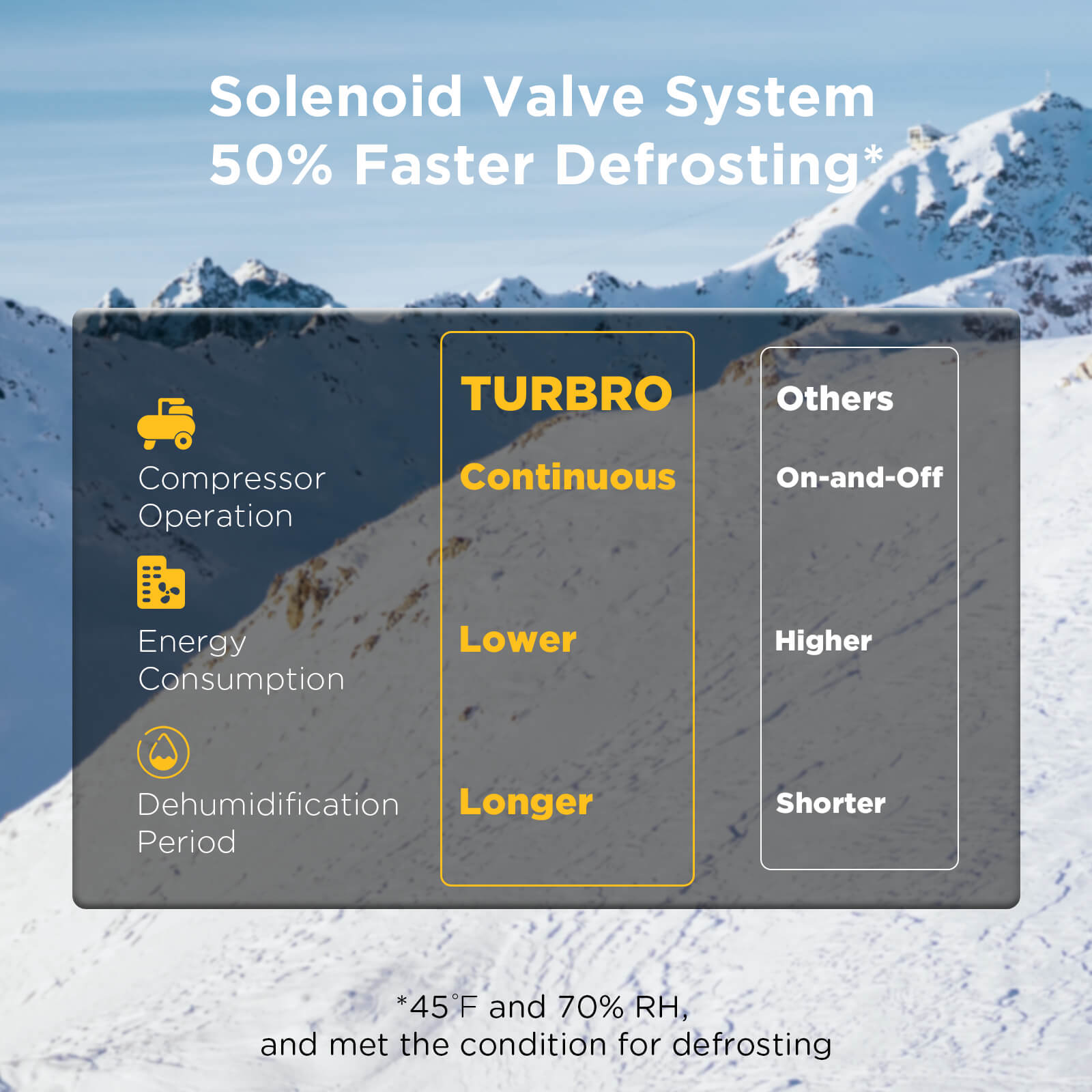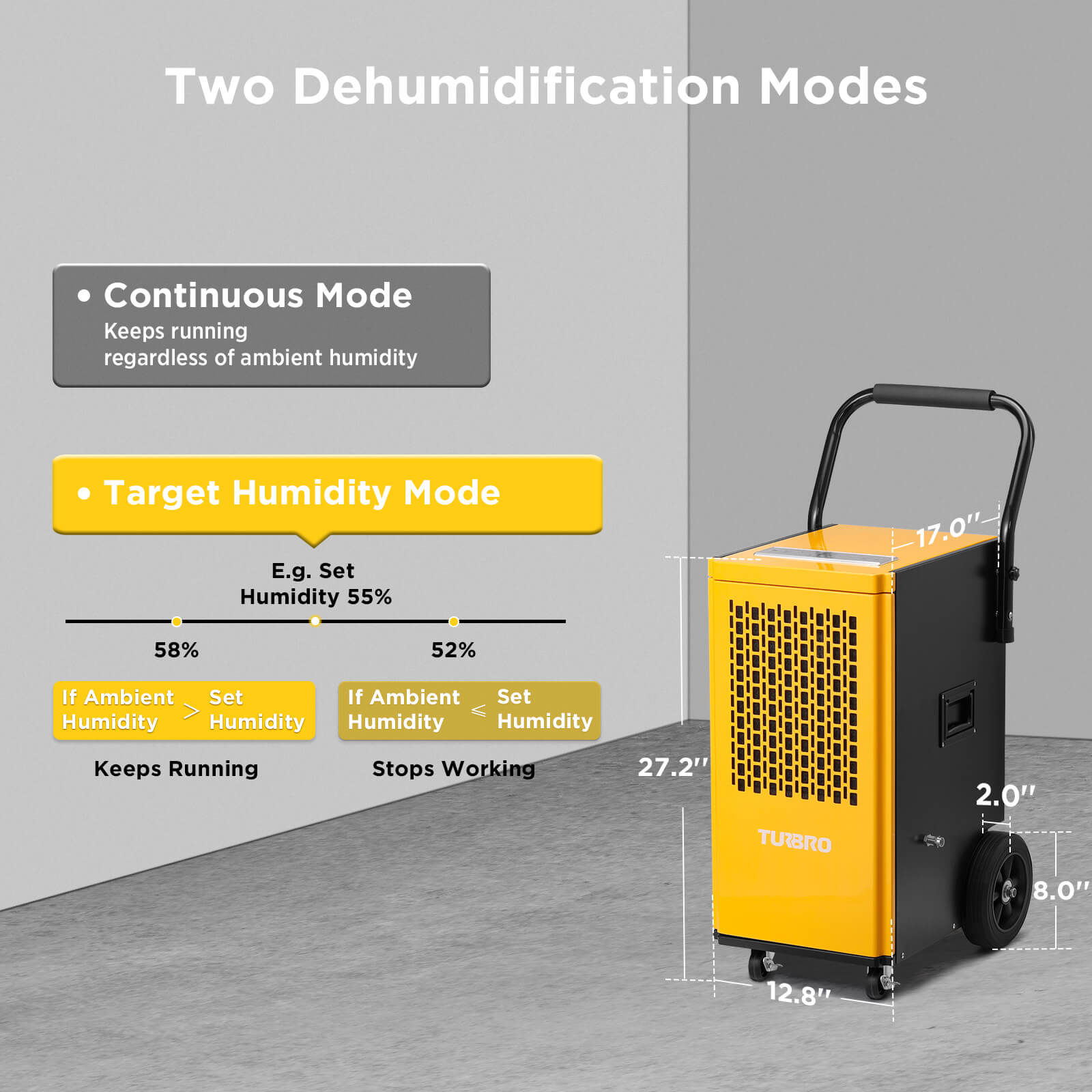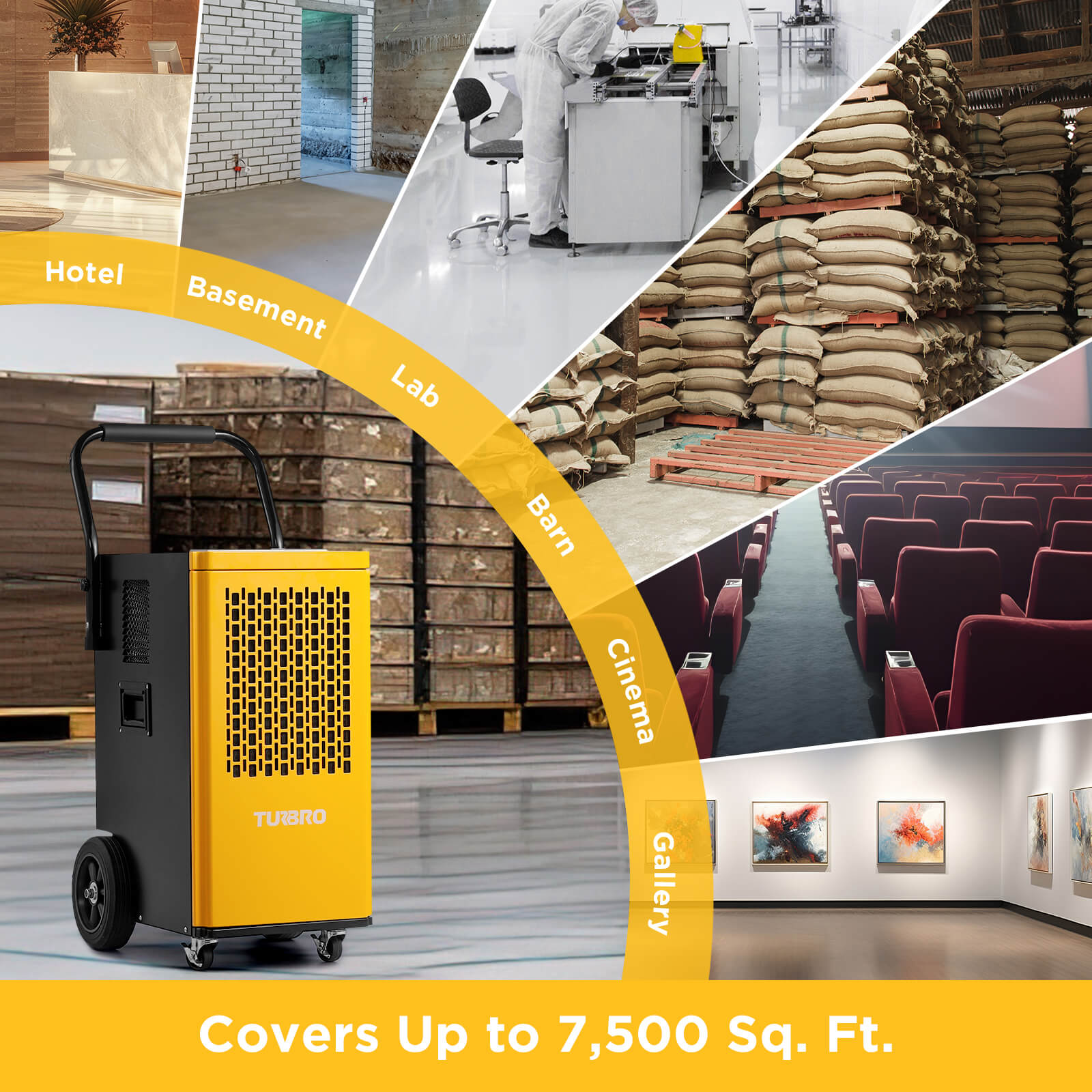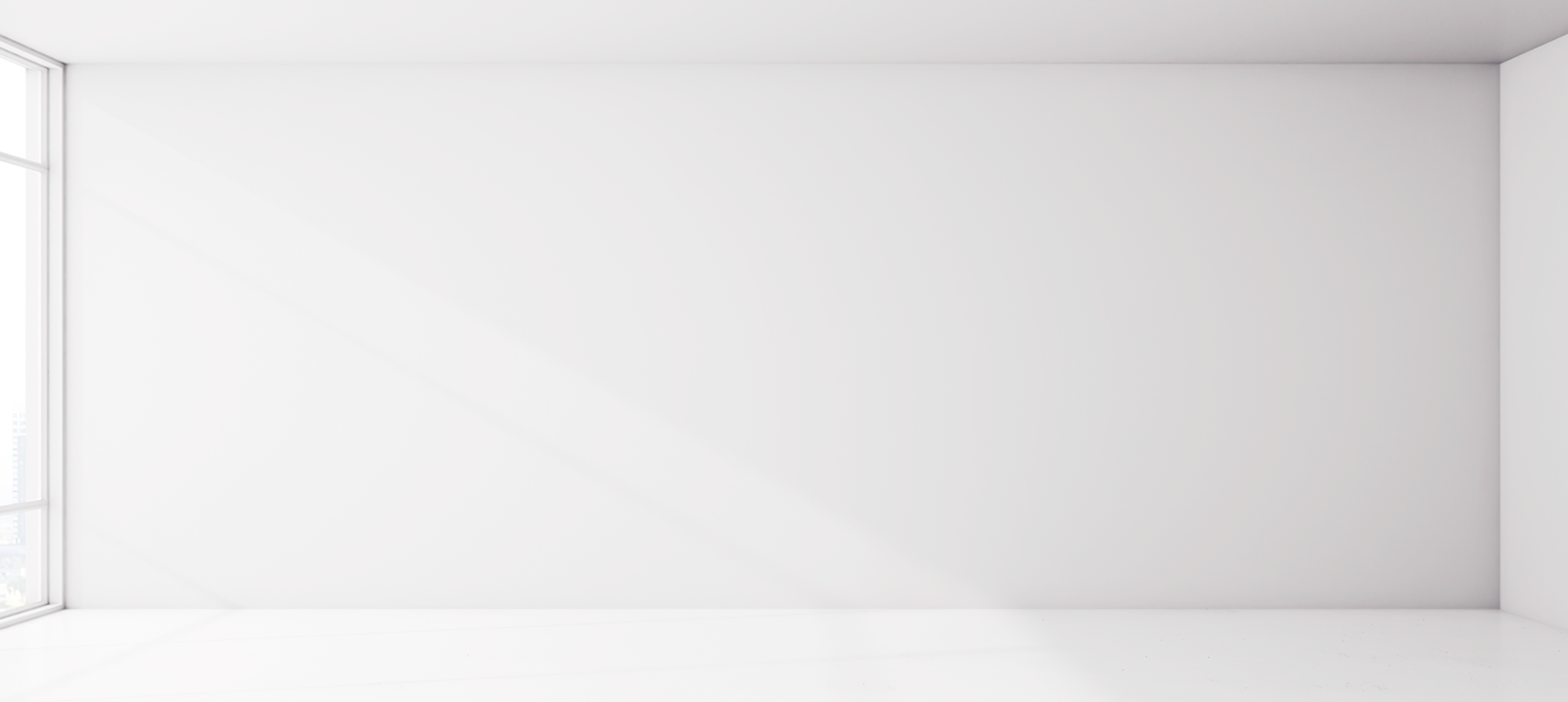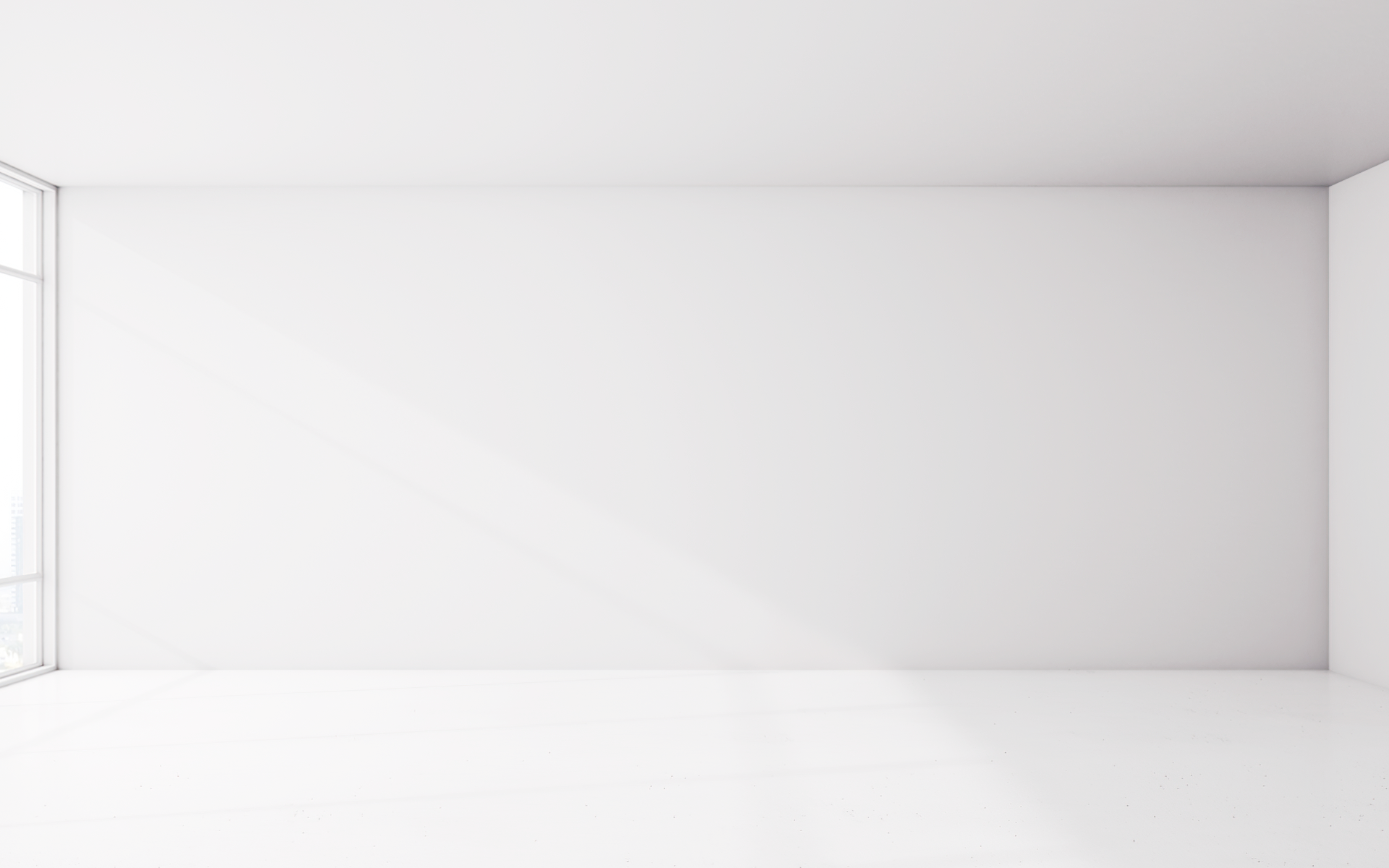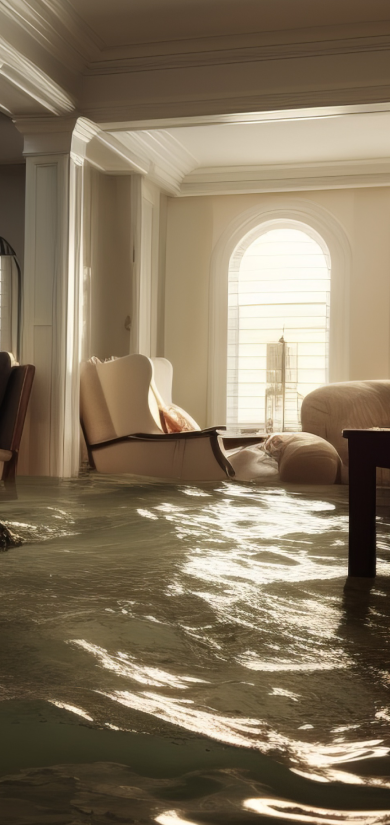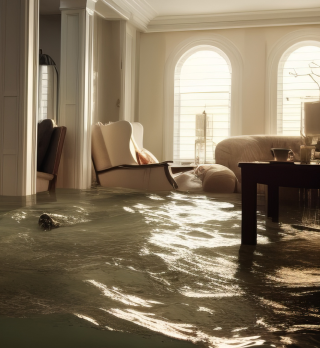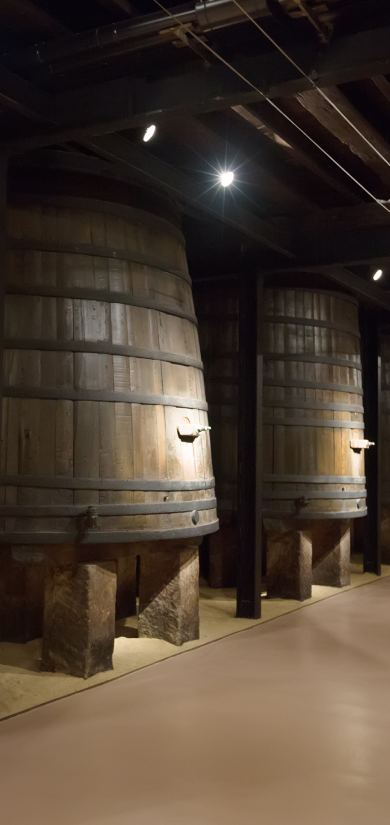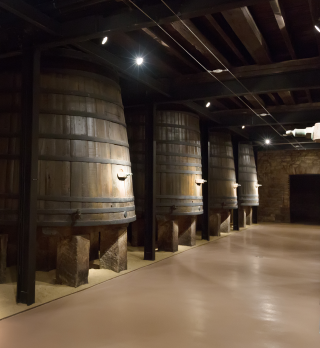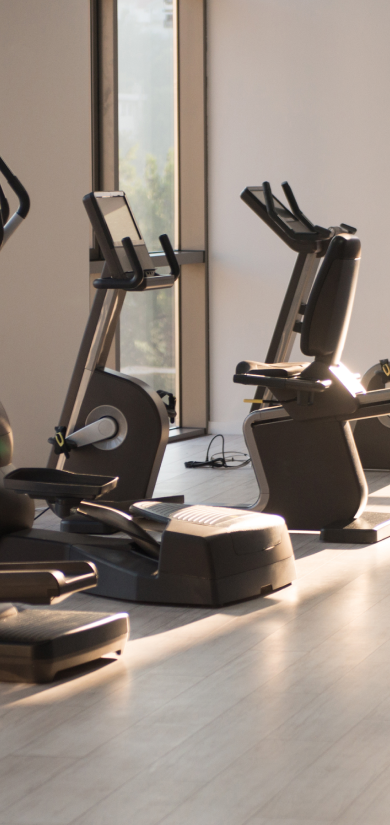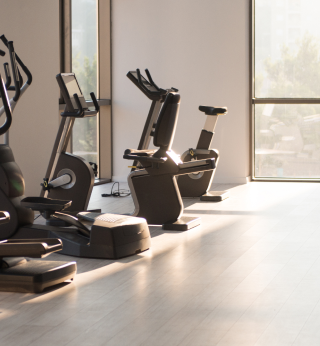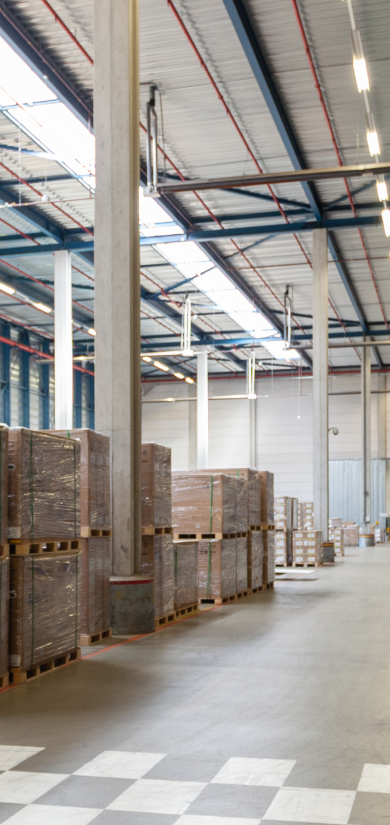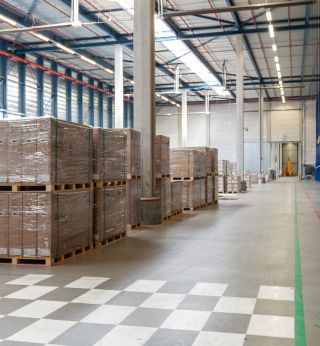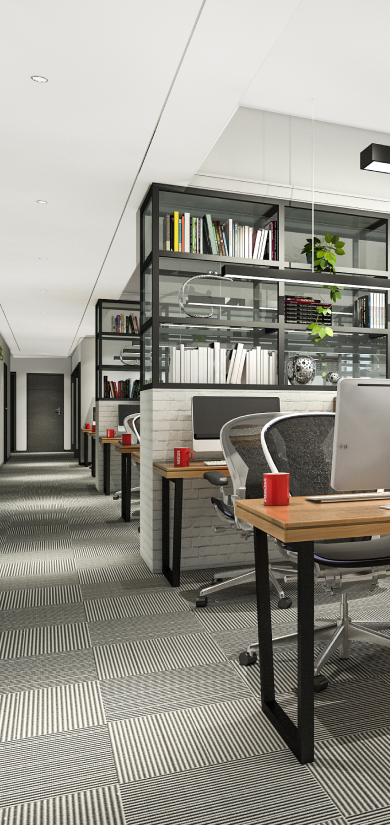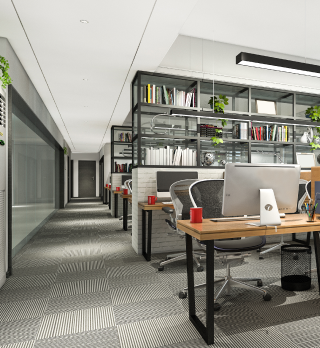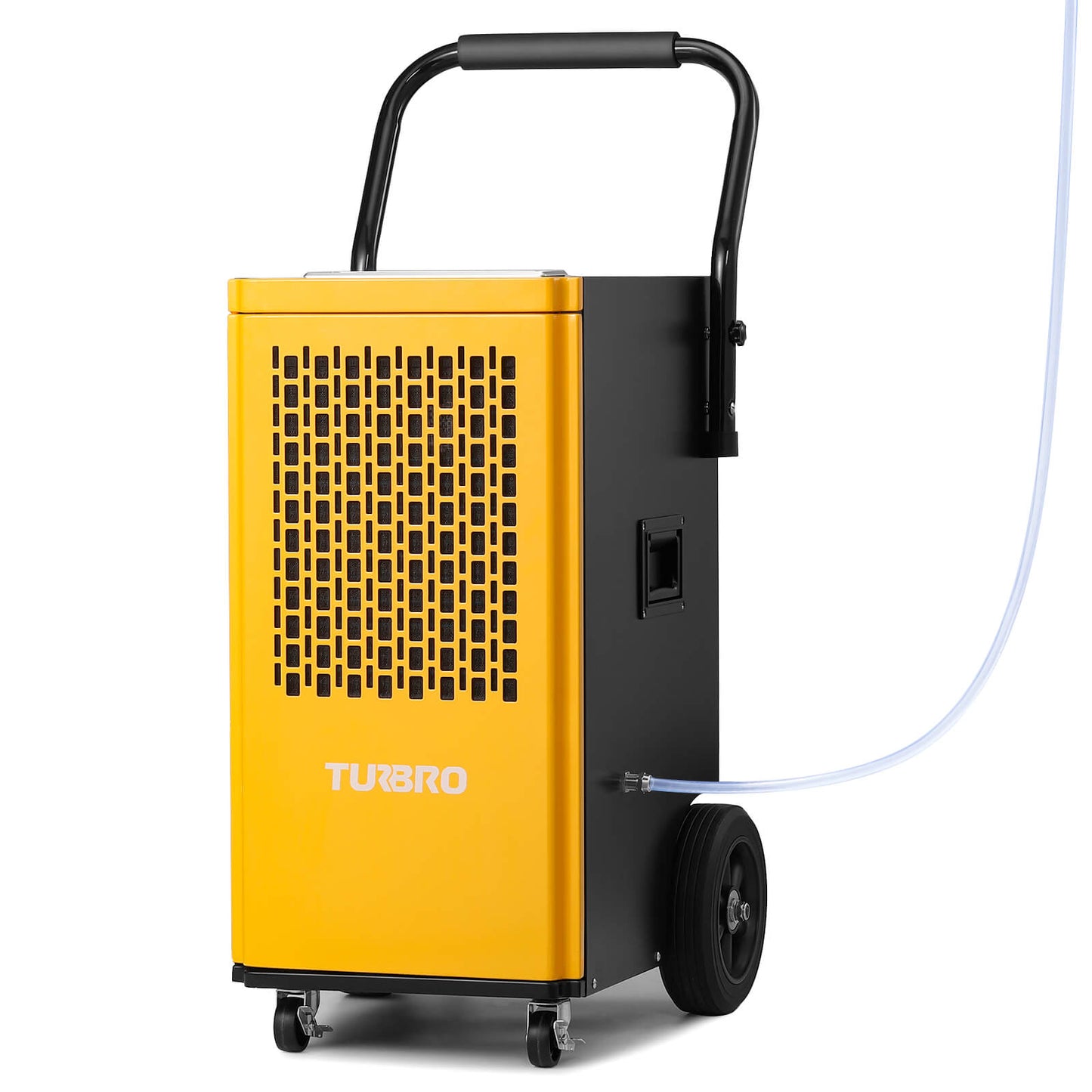
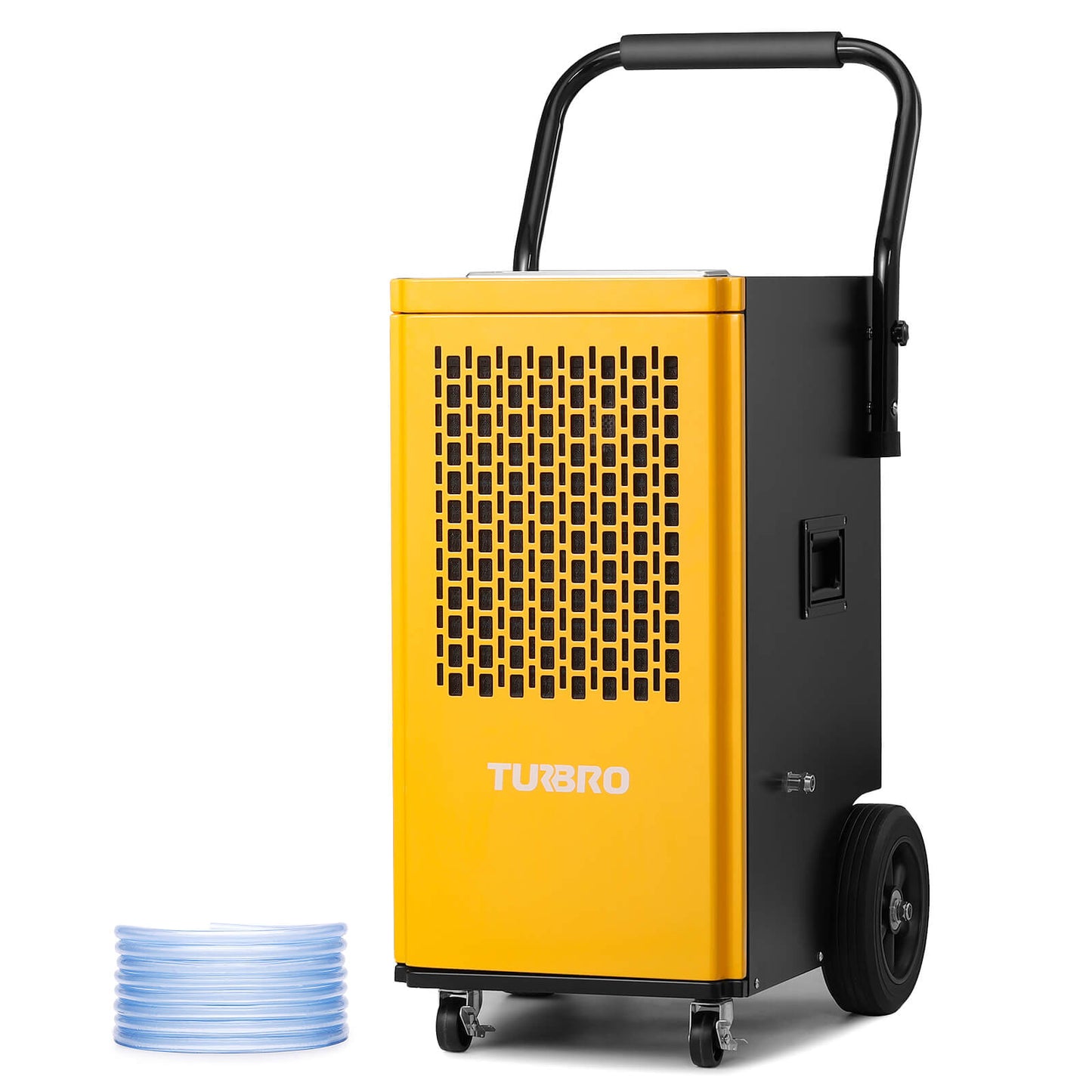
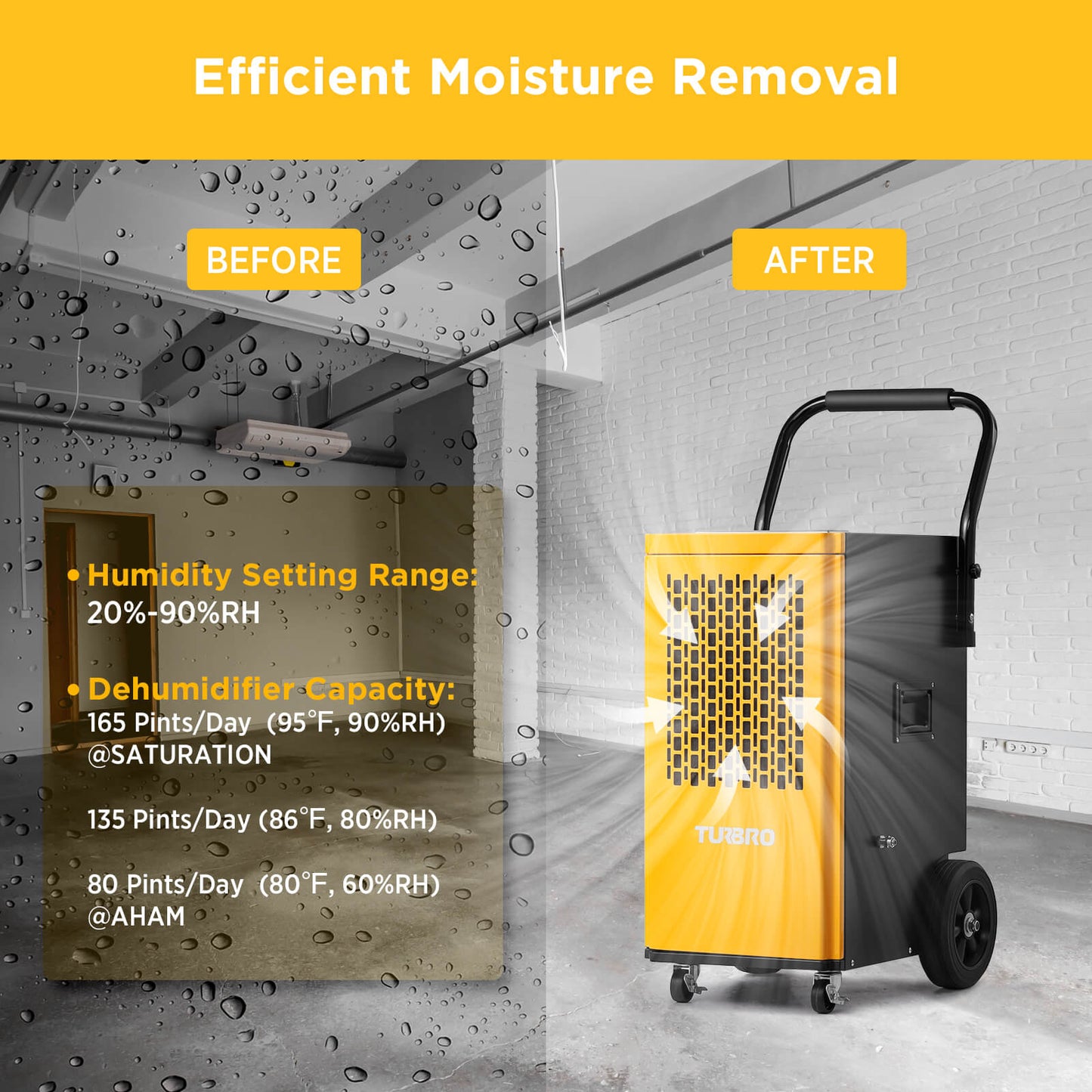
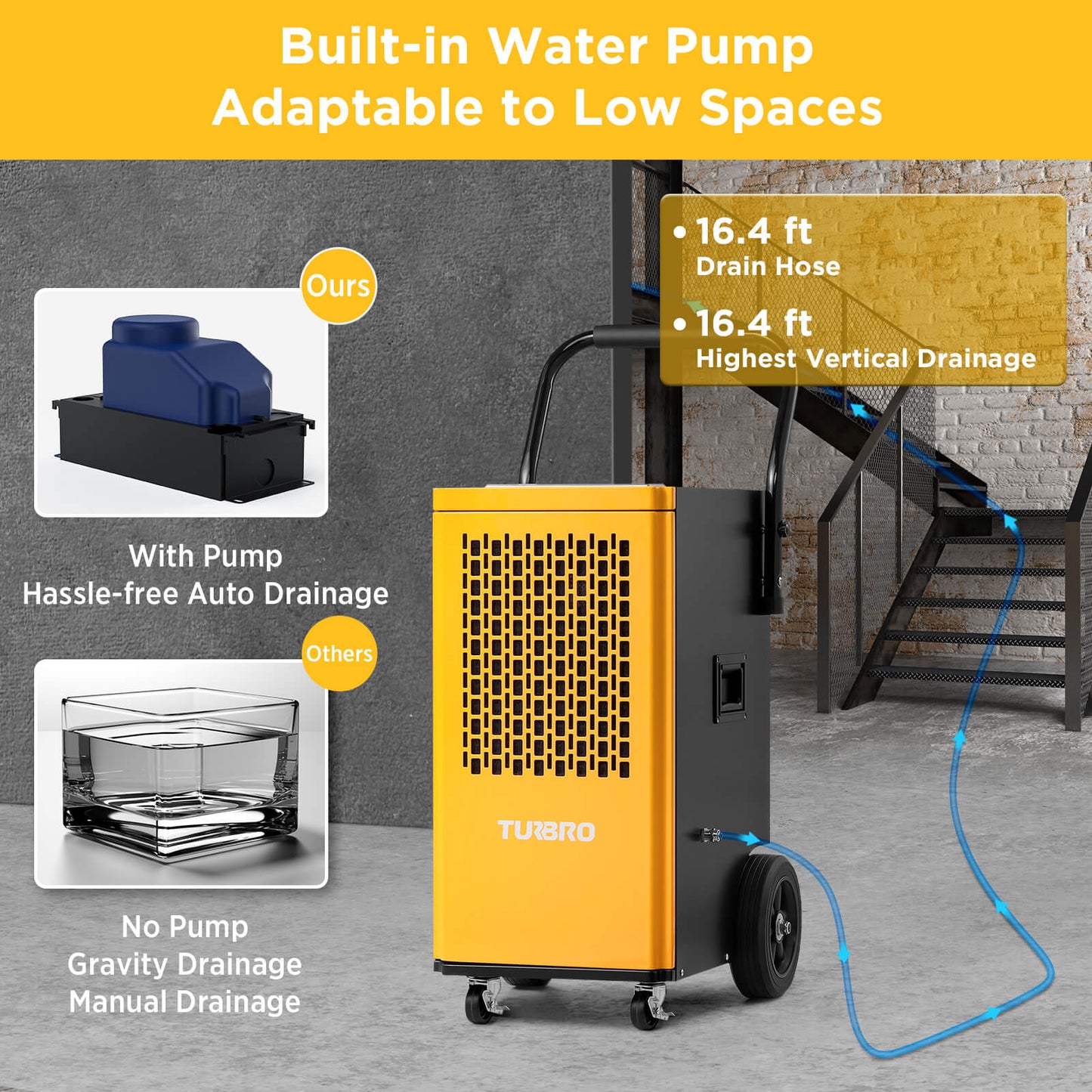
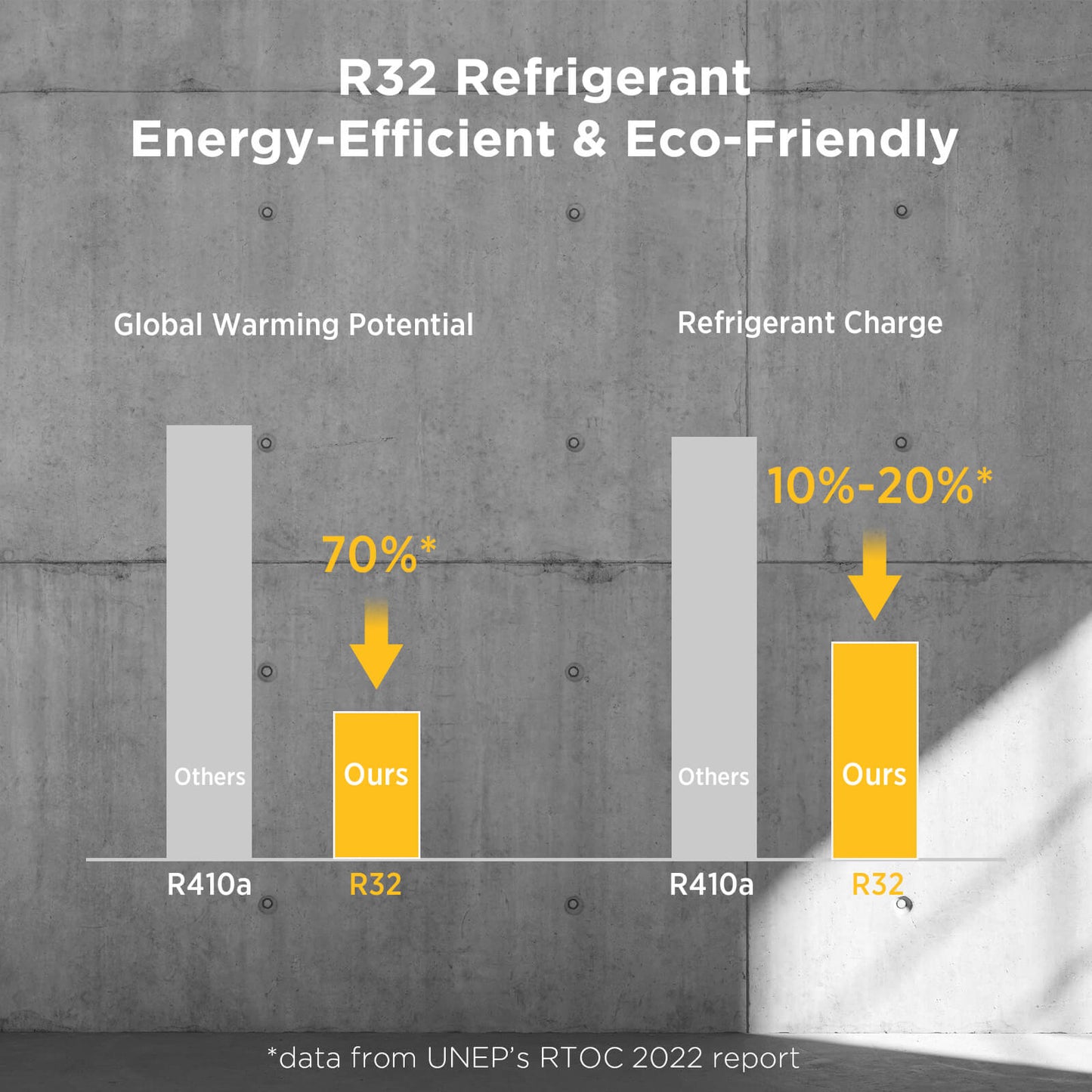
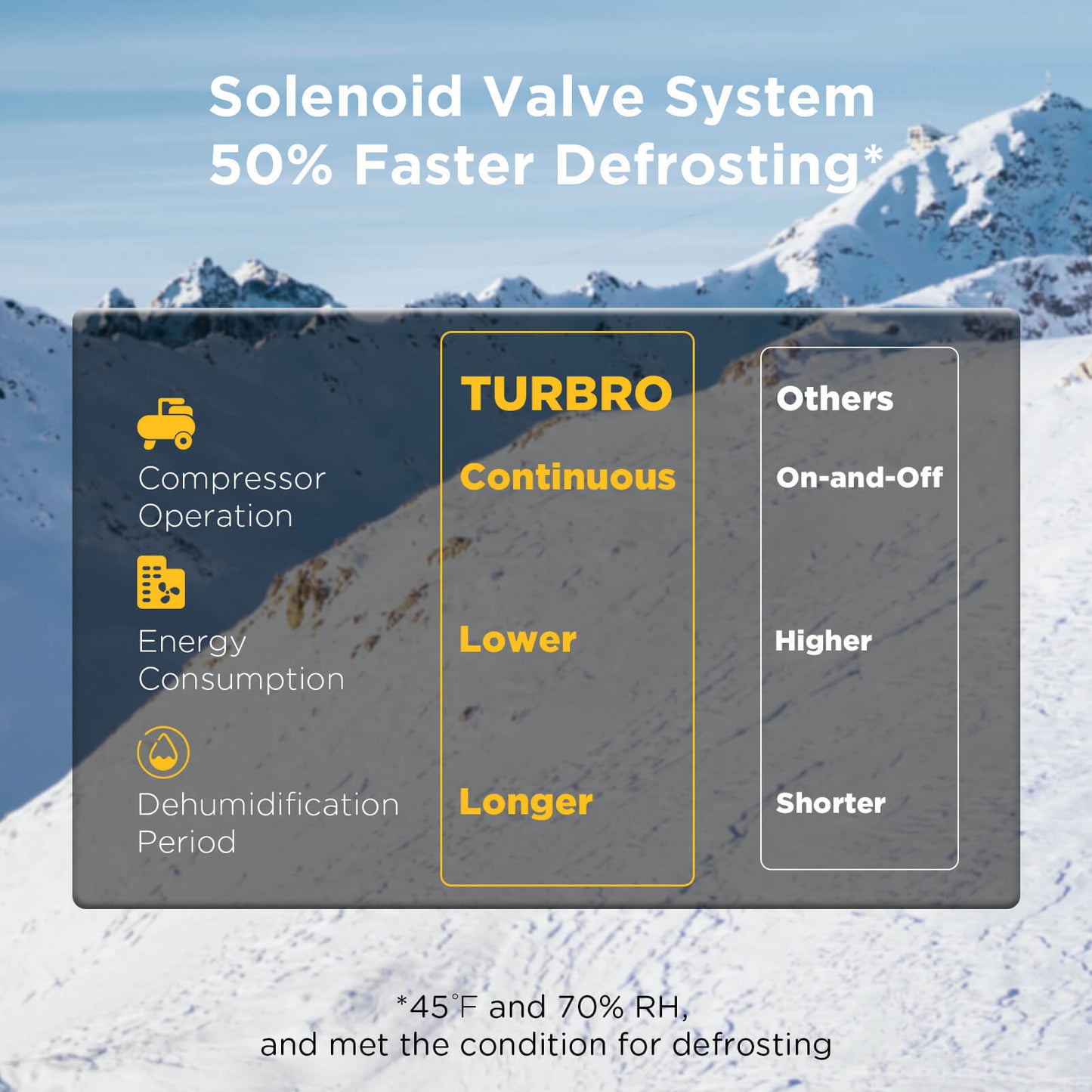
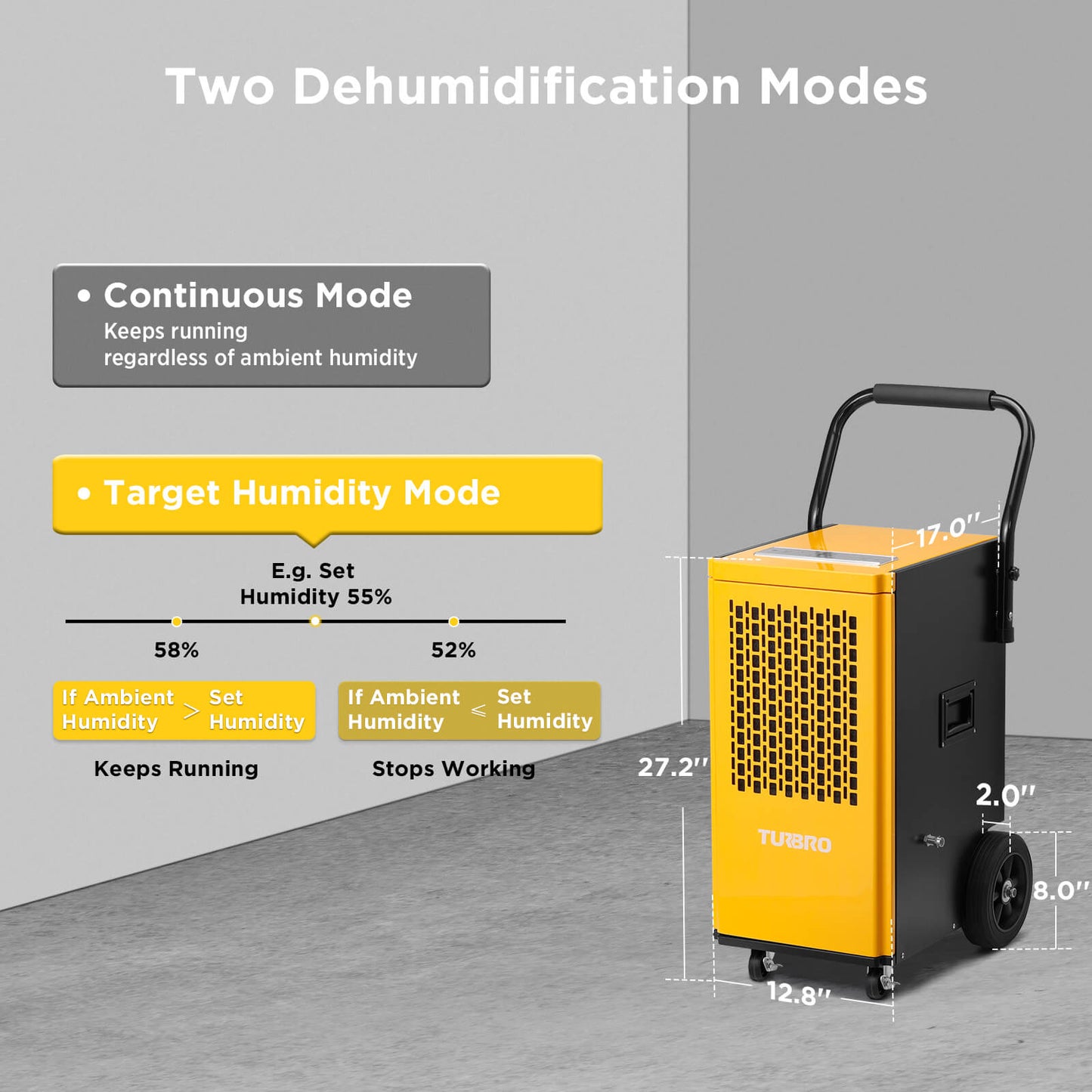
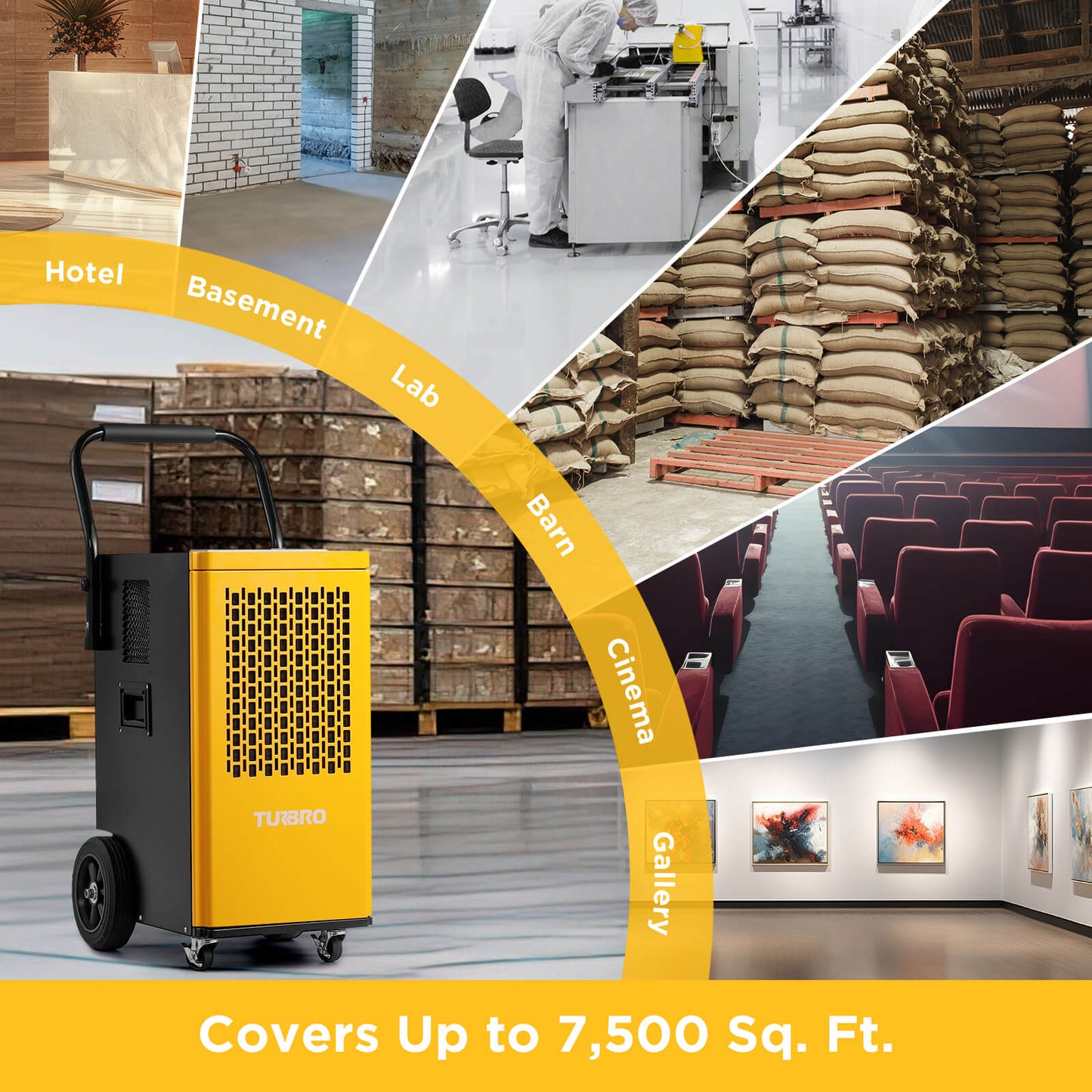
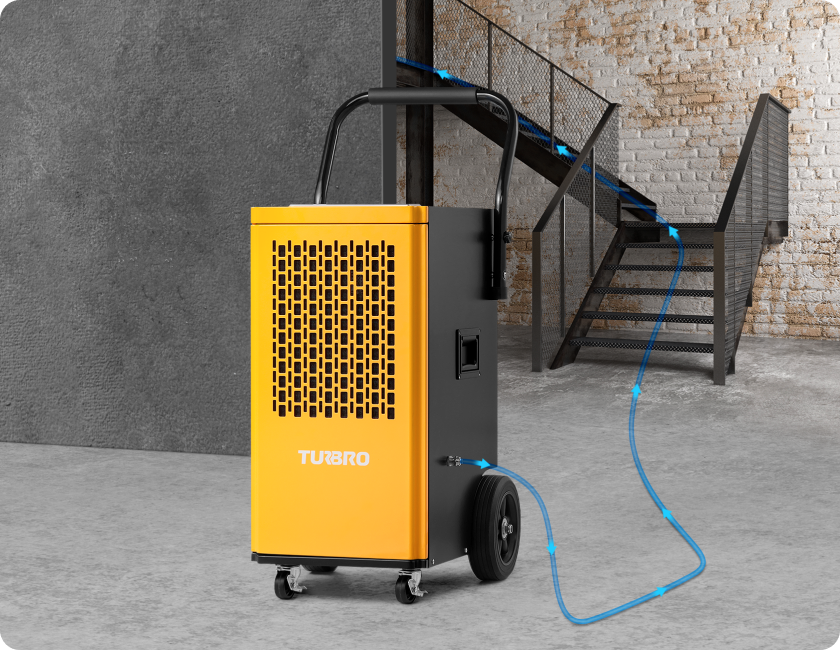
Use the 16.4-foot hose for gravity drainage or activate the built-in pump to expel water vertically up to 16.4 feet with its built-in pump. This eliminates the need for manual water tank emptying and makes it more convenient for use in low-lying areas such as basements.
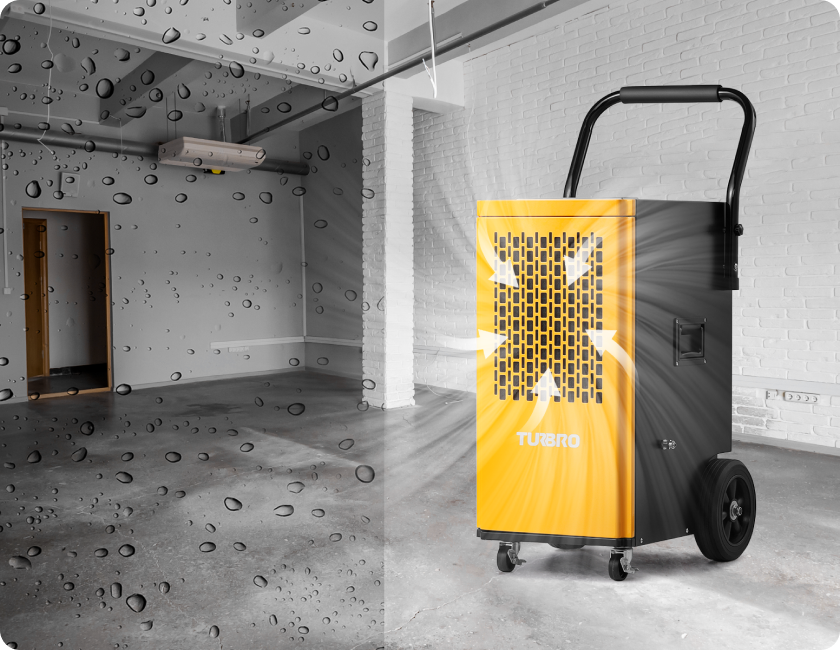
Rapidly eliminates excess moisture from the air with a robust air output of 276 CFM. Perfect for fast dehumidification during emergencies like post-flood recovery.
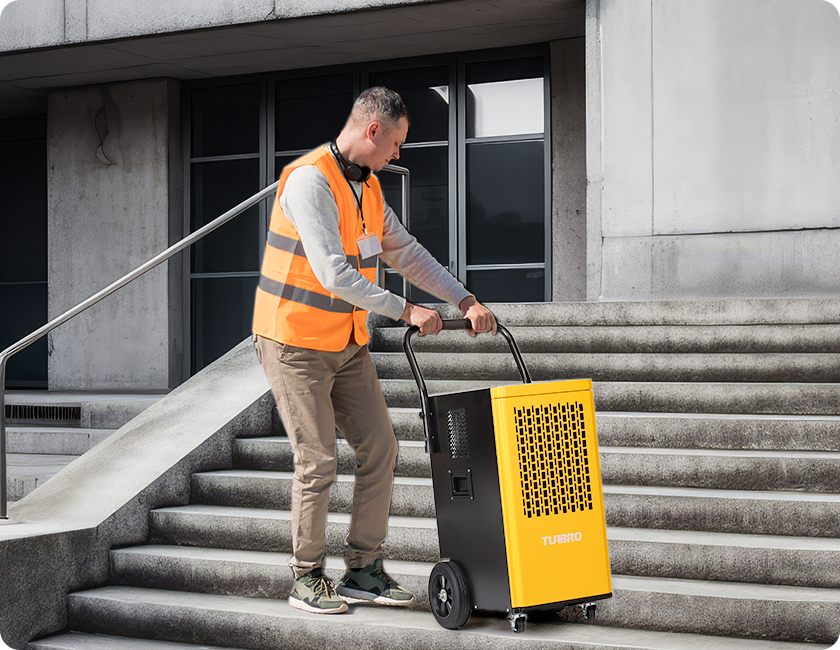
Equipped with large 8-inch diameter wheels and sturdy handles for effortless movement, even on stairs. Features recessed handles on both sides for added convenience during transportation.
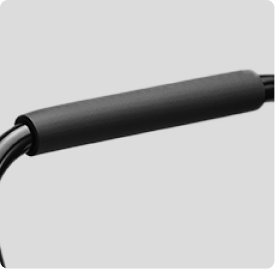
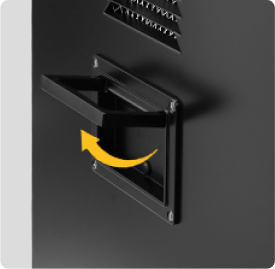
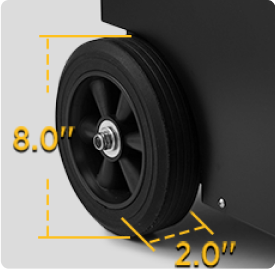
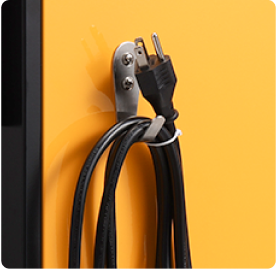
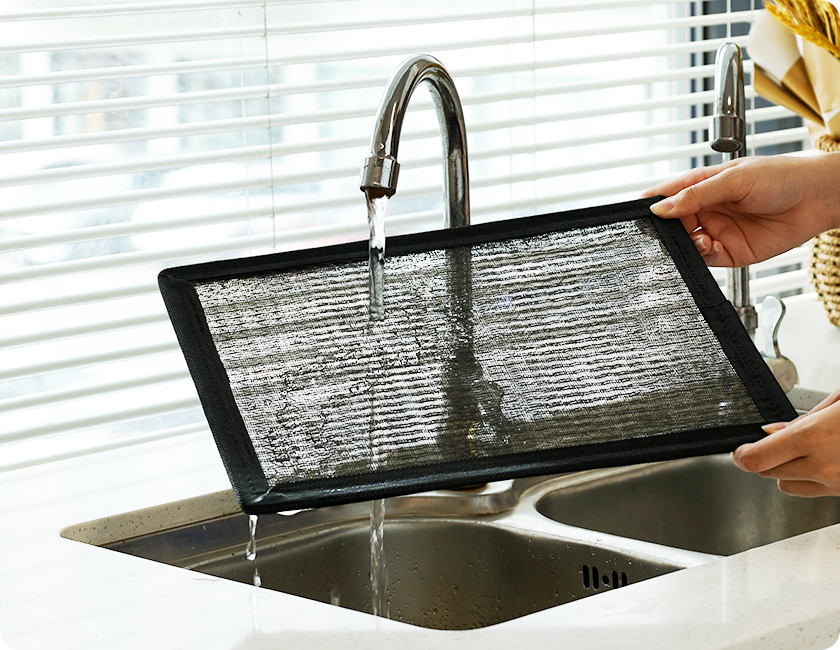
Breathe easy with our innovative dehumidifier featuring a detachable and washable filter. Simply remove, rinse, and reattach for hassle-free maintenance.
FAQ
After a flood, using a commercial dehumidifier is crucial for drying out the affected area and preventing further damage, such as mold growth or structural weakening. Here’s how to effectively use a dehumidifier post-flood:
- Remove standing water: Before using the dehumidifier, first remove any standing water using pumps or wet vacuums.
- Ventilate the area: Open windows and doors to allow for ventilation and to speed up the drying process.
- Place the dehumidifier in the center of the space: Position the dehumidifier in the most affected area to maximize its efficiency.
Set the humidity level: Ideally, set the dehumidifier to maintain a humidity level below 50% to inhibit mold growth. - Use continuously: Let the dehumidifier run continuously, 24/7 if necessary, until the area is fully dry. For large spaces or extreme flooding, using multiple commercial dehumidifiers may be required.
- Follow up with inspection: Even after drying, inspect walls, floors, and furniture for lingering moisture or mold and consider using fans or heaters to assist in the drying process.
The primary differences between a commercial dehumidifier and a home dehumidifier are in capacity, durability, and performance:
- Capacity: Commercial dehumidifiers are designed to handle larger spaces and remove significantly more moisture from the air than home models. They often measure their performance in pints per day (PPD) and can remove up to several hundred pints daily.
- Durability: Commercial units are built to withstand tougher conditions like industrial settings or large-scale moisture control, with more durable materials and components. They can operate in more extreme environments.
- Performance: Commercial dehumidifiers tend to have more powerful motors, larger fans, and additional features such as continuous drainage systems, making them ideal for high-moisture areas such as warehouses, gyms, or large basements. Home dehumidifiers are suitable for smaller residential spaces and less demanding environments.
Yes, most commercial dehumidifiers are designed to run 24 hours continuously. They are built for heavy-duty use and can handle prolonged operation in high-humidity environments. TURBRO commercial dehumidifier comes with features like automatic shut-off or continuous drainage to ensure they keep running efficiently without frequent manual intervention. However, it’s important to regularly check and maintain the unit to avoid overheating or performance issues.
Yes, using a commercial dehumidifier can help reduce mold in the air. Mold thrives in humid environments, typically where the relative humidity exceeds 60%. A commercial dehumidifier reduces the air's moisture content, keeping humidity levels below the threshold where mold can grow. This prevents mold spores from settling on surfaces and spreading. Regular use in high-humidity areas, such as basements or storage rooms, will significantly reduce the likelihood of mold growth.
